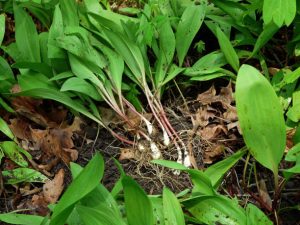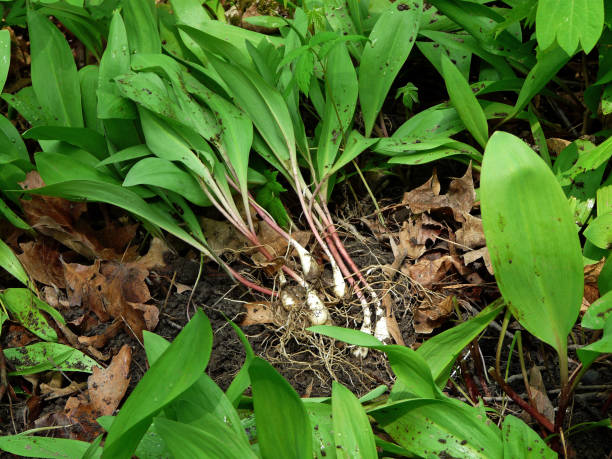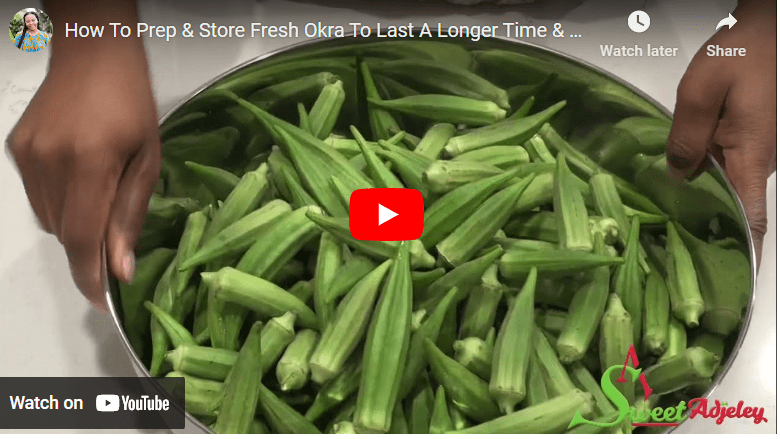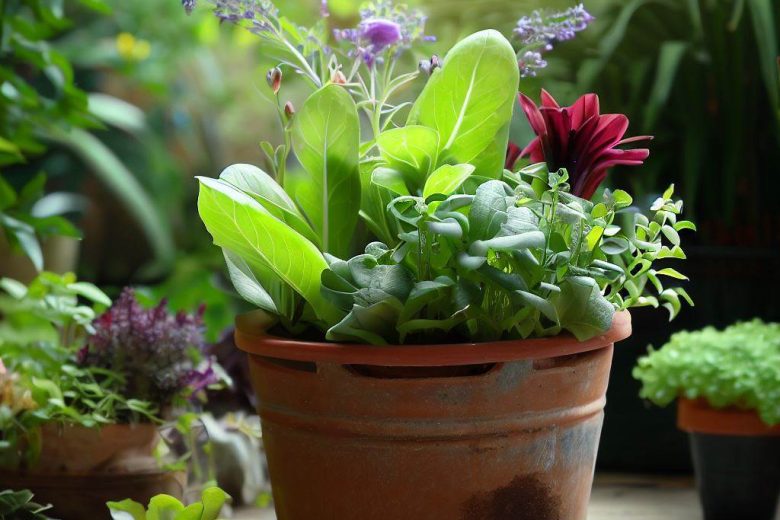Ever heard of Ramp Vegetables? So today we decide to show you somethings we thing you should know about Wild Leek Ramps, how to grow them and their uses.
But before we continue let us find out what ramp vegetables are.

Ramps, with their unique flavor profile blending pungent garlic and sweet onion notes, offer a plethora of culinary possibilities. Here are some delicious ways to enjoy ramps in your cooking:
- Sautéed Ramps: Heat a bit of olive oil or butter in a pan and sauté ramps until they are tender and slightly caramelized. Season with salt and pepper, and enjoy them as a simple and flavorful side dish.
- Grilled Ramps: Toss ramps with olive oil, salt, and pepper, then grill them until they are slightly charred and tender. Grilled ramps make a fantastic addition to salads, pasta dishes, or served alongside grilled meats.
- Ramp Pesto: Use ramps in place of basil to make a vibrant pesto. Blend ramps with nuts (such as pine nuts or walnuts), Parmesan cheese, olive oil, salt, and pepper until smooth. Serve over pasta, spread on sandwiches, or use as a dip for crusty bread.
- Pickled Ramps: Preserve the flavor of ramps by pickling them. Combine vinegar, water, sugar, and spices (such as mustard seeds, peppercorns, and red pepper flakes) in a saucepan and bring to a boil. Pour the hot brine over cleaned ramps in jars and let them cool before refrigerating. Pickled ramps are a tangy addition to salads, sandwiches, or charcuterie boards.
- Ramp Butter: Mix finely chopped ramps into softened butter along with a pinch of salt. Use ramp butter to add flavor to roasted vegetables, grilled meats, or spread on crusty bread.
- Ramp Risotto: Add chopped ramps to your favorite risotto recipe during the last few minutes of cooking. The ramps will infuse the creamy rice dish with their distinctive flavor, creating a deliciously savory meal.
- Ramp Soup: Incorporate chopped ramps into soups and stews for an extra layer of flavor. They pair particularly well with potato, leek, and mushroom soups.
- Ramp Tart: Use ramps to top a savory tart or quiche. Simply arrange sautéed ramps on a pre-baked tart shell along with cheese, eggs, and other desired toppings, then bake until golden and set.
- Ramp Compound Butter: Mix finely chopped ramps into softened butter along with your favorite herbs and seasonings. Roll the flavored butter into a log using parchment paper and chill until firm. Slice and use to top grilled meats, seafood, or vegetables.
- Ramp Aioli: Blend roasted or sautéed ramps with mayonnaise, lemon juice, and garlic to make a flavorful ramp aioli. Serve as a dipping sauce for fries, spread on sandwiches, or use as a topping for grilled meats and seafood.
With their bold flavor and versatility, ramps add a deliciously wild touch to a wide range of dishes, making them a cherished ingredient in springtime cooking.




